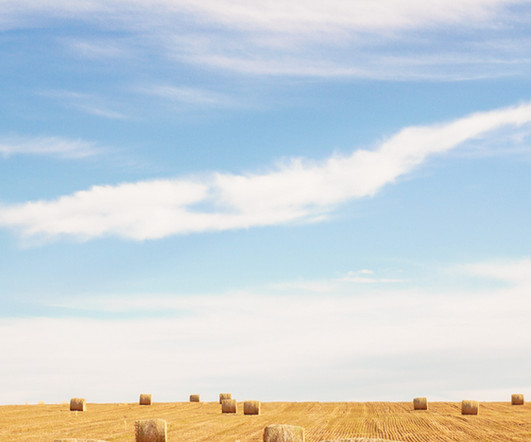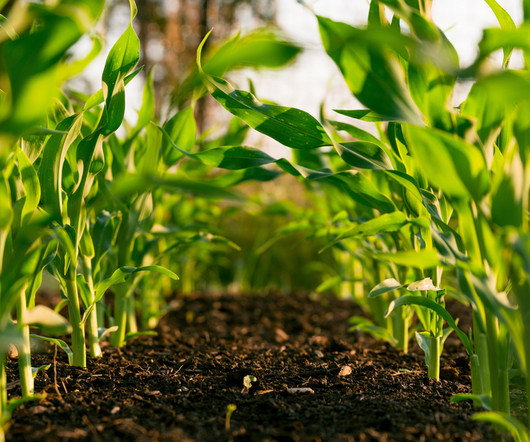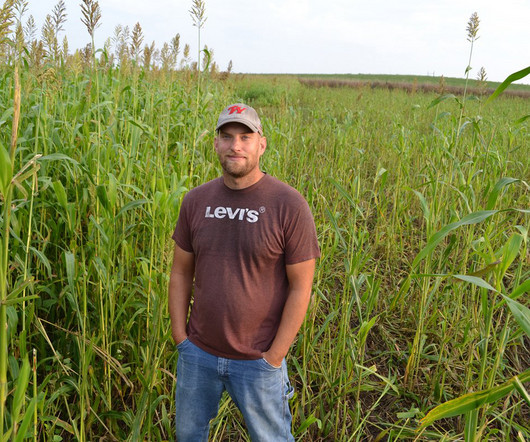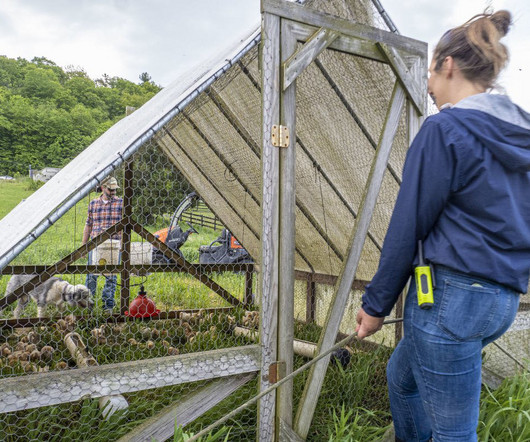Armoring Your Soil for the Winter
UnderstandingAg
JULY 31, 2023
It is mid-summer, and that time of the year to order your winter cover crop seeds. In the previous article about winter cover crops for market gardens, I highlighted the important role winter cover crops play in providing diversity and building soil health. The warm season species (i.e.,












Let's personalize your content